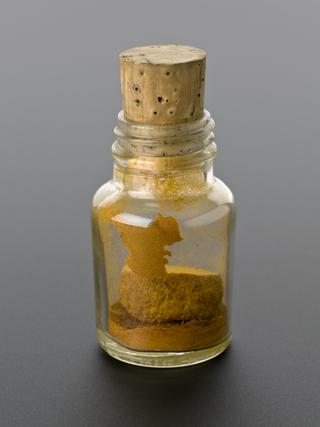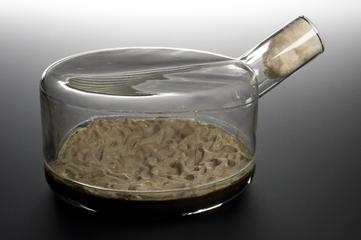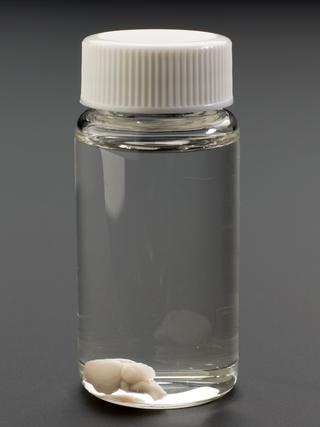
Isolation chip or iChip
- Made:
- 2017 in United States









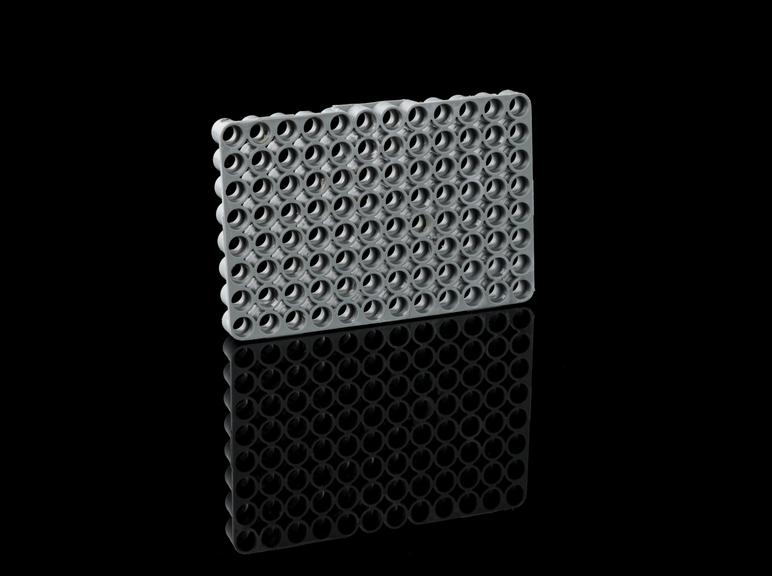

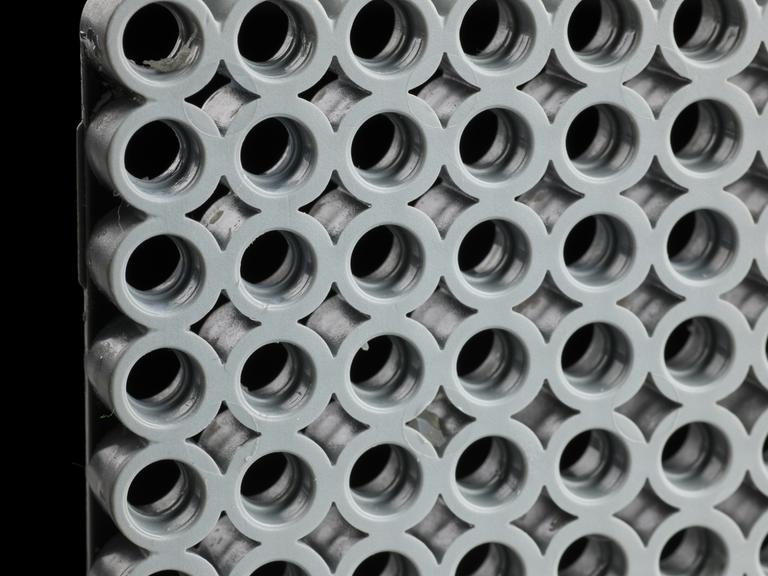
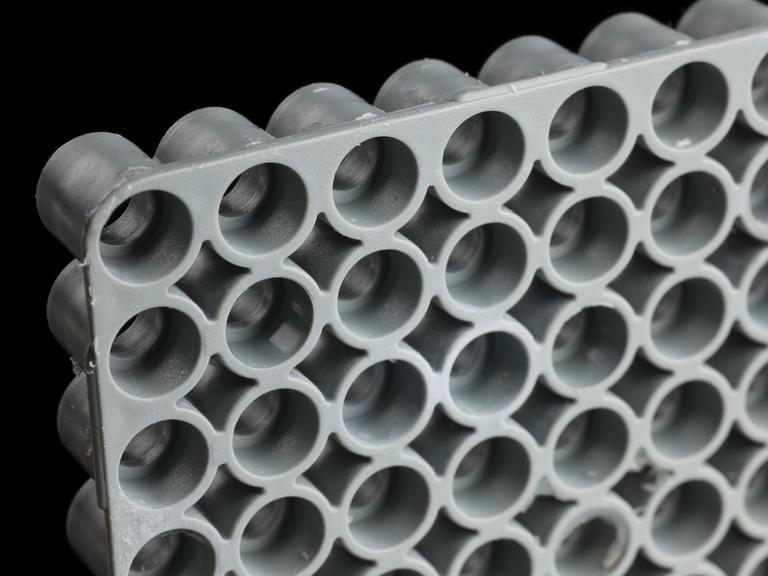

Polypropylene plastic plate with 96 wells and a 20 nanometre polycarbon plate with two spare membranes, as a variant of the iChip, specifically to grow formerly uncultivated environmental species, based on an idea by Slava Epstein and colleagues at Northeastern University, adapted from a piece of standard laboratory kit made by ThermoFisher Scientific, United States, May 2017
Adapted from a standard piece of laboratory kit, this is a variation of a device known as the iChip. The iChip is a low-tech solution to the problem of isolating of microorganisms that cannot be cultivated using conventional microbiological techniques using agar and Petri dishes.
Slava Epstein and his colleagues at Northeastern University, who developed the iChip, used versions of the device to find 100,000 types of bacterium including a potentially new class of antibiotics called teixobactin in the soil of a field in Maine in 2015. This is the first new class of antibiotics for 30 years, at a time when antibiotic resistance is a growing health issue.
Details
- Category:
- Biotechnology
- Object Number:
- 2020-25
- Materials:
- polypropylene
- Measurements:
-
overall: 110 mm x 60 mm x 5 mm, .02 kg
- type:
- laboratory apparatus

